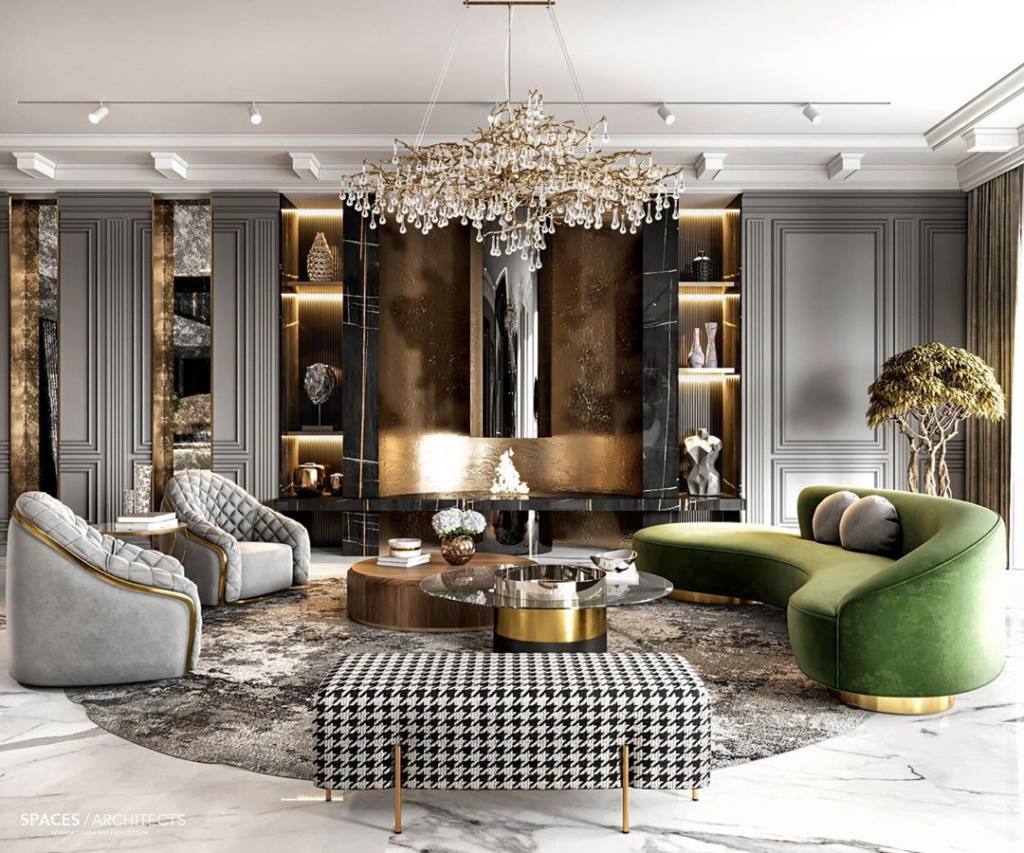Interior Design Insights
Furniture plays a pivotal role in interior design, blending aesthetics with functionality to create harmonious living spaces. Thoughtfully selected and strategically placed furniture pieces enhance comfort, optimize space, and reflect personal style.
Ergonomically designed office chairs with lumbar support and adjustable features improve posture and efficiency.
The Importance of Furniture in Interior Design
Furniture adapts spaces to different functions with versatile designs like sofa beds and storage ottomans—ideal for compact homes.
Aesthetics and Functionality
Aesthetics and functionality go hand in hand, ensuring both visual appeal and practical usability. Thoughtful furniture placement creates a sense of balance and openness.
Staying updated with evolving trends allows interior designers to merge style and function seamlessly.
Personal Style and Expression

Furniture choices reflect individual taste—whether minimalist, modern, rustic, or vintage. Selecting the right pieces fosters a sense of belonging.
Key Principles of Furniture Selection
- Balance functionality with aesthetics.
- Ensure proper furniture scale and placement.
- Blend multiple styles for a cohesive look.
- Prioritize ergonomics for comfort and efficiency.
Selecting Colors that Complement
- Bright hues energize workspaces, while warm tones create relaxing environments.
- Colors evoke emotions—blue enhances focus, red stimulates appetite.
- Materials influence color depth and texture.
Optimizing Furniture Arrangement
Strategic placement enhances spatial efficiency. Oversized furniture can make a space feel cramped, while smaller pieces may leave a room looking incomplete.
Layout Considerations
- Modular furniture offers flexibility.
- Proper spacing allows free movement.
- Mood boards help visualize layouts effectively.
Integration with Other Design Elements
Furniture influences the overall ambiance of a space. Lighting, textures, and patterns should complement furniture to maintain cohesiveness.
Lighting Considerations
- Task, ambient, and accent lighting shape the atmosphere.
- Proper illumination prevents strain and enhances aesthetics.
- Thoughtful placement highlights furniture textures and colors.
Benefits of Custom Furniture
- Custom designs optimize space usage.
- Superior craftsmanship ensures durability.
- Tailored pieces align with unique spatial needs.
Common Furniture Placement Mistakes
- Pushing furniture against walls reduces intimacy.
- Incorrect scaling disrupts room proportions.
- Blocking natural light diminishes spatial brightness.
Practical Tips for Enhancing Interior Spaces
- Opt for multi-functional furniture.
- Define zones for better organization.
- Blend colors and textures for depth.
Conclusion: Future Trends in Furniture Design
Furniture is evolving with innovation, sustainability, and smart design. Advanced tools help professionals and homeowners transform spaces effortlessly.
Also Read : DIY Wall Decor Ideas to Elevate Your Home Interior Design